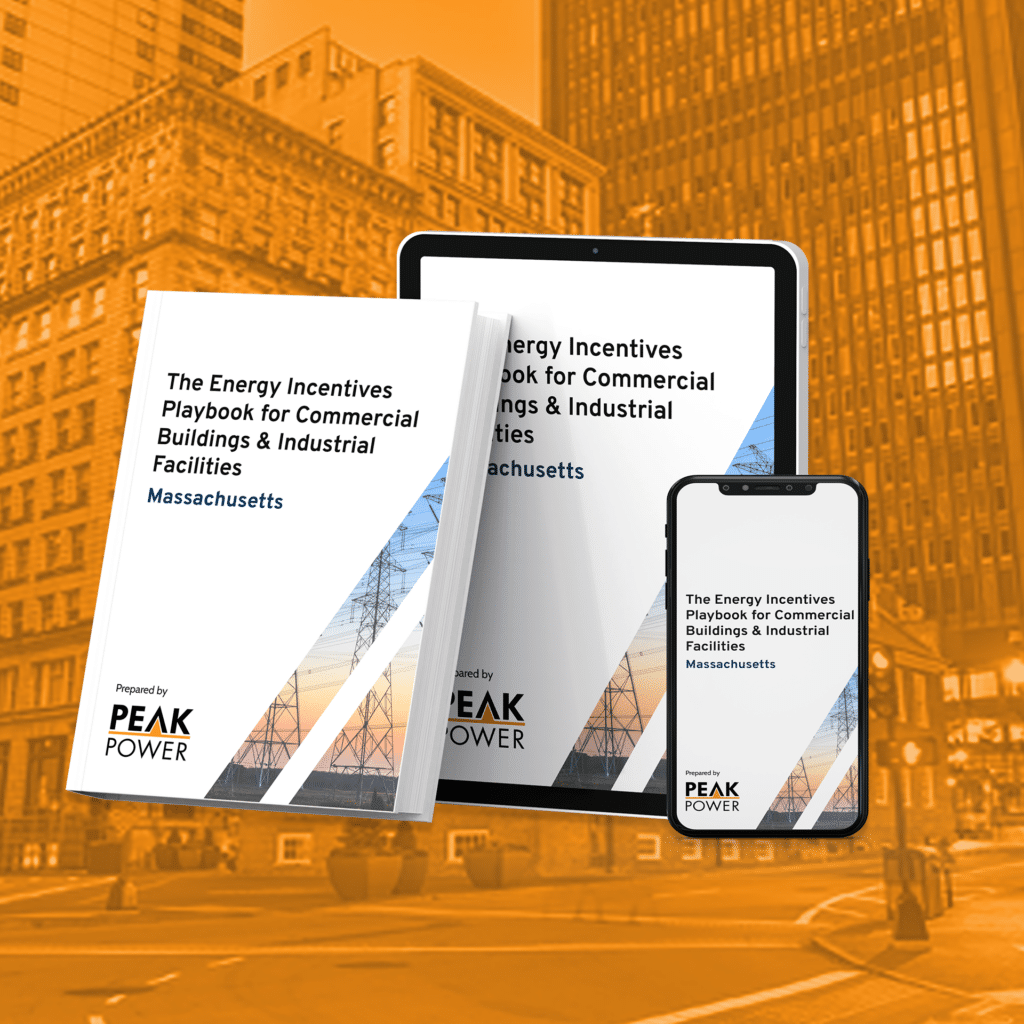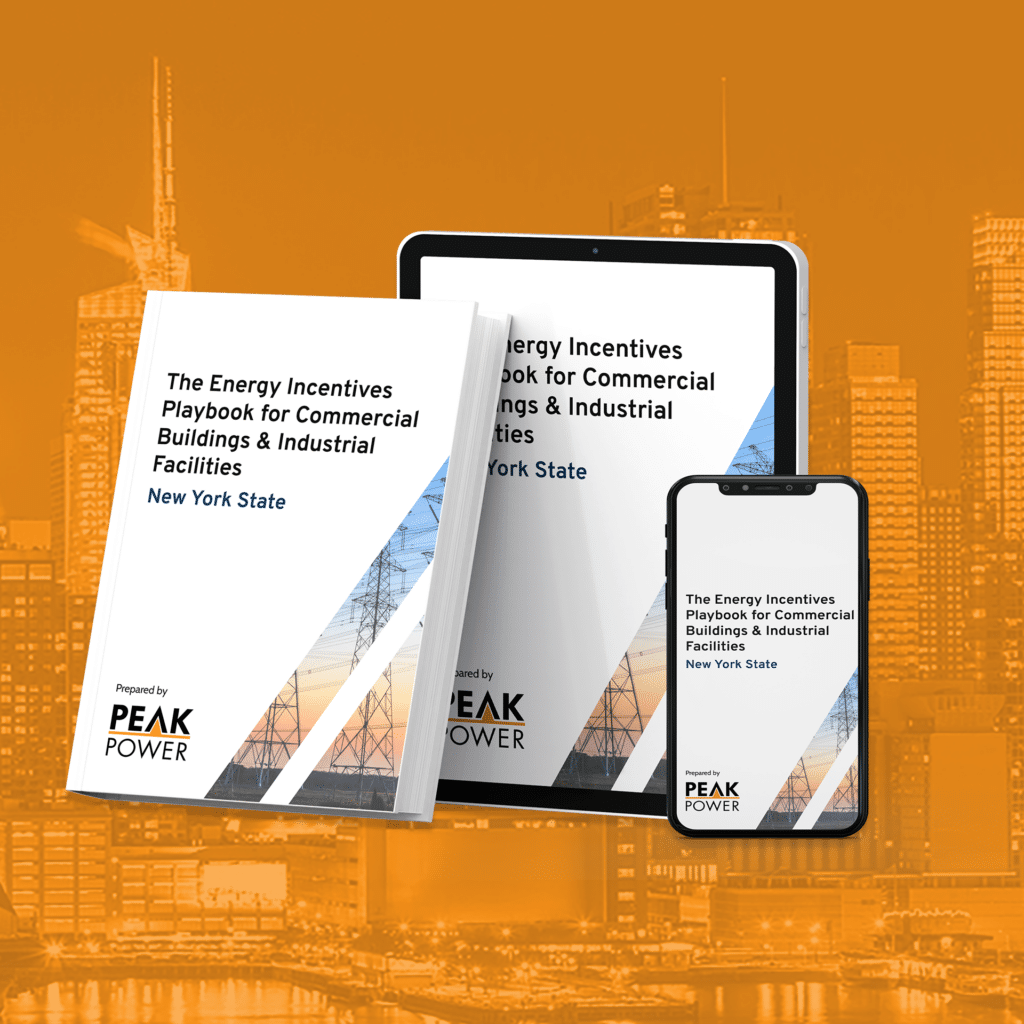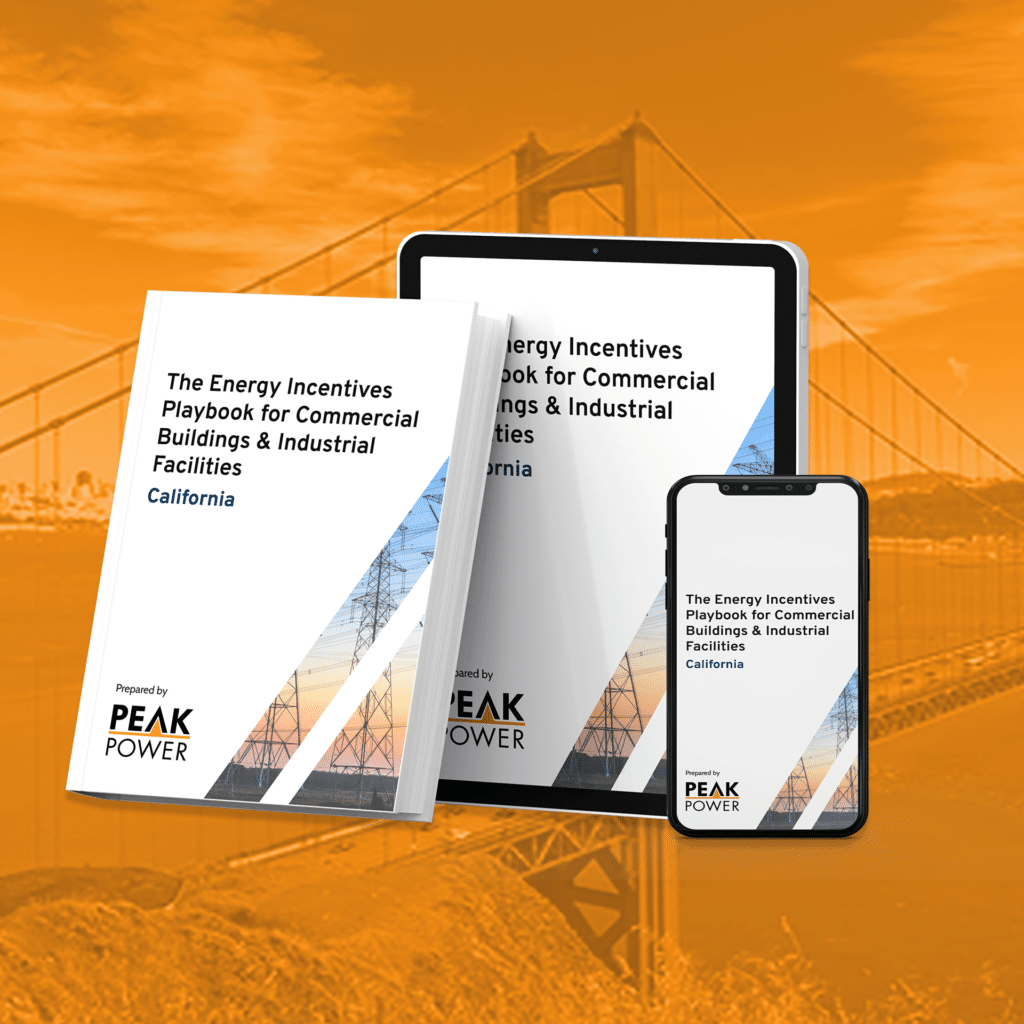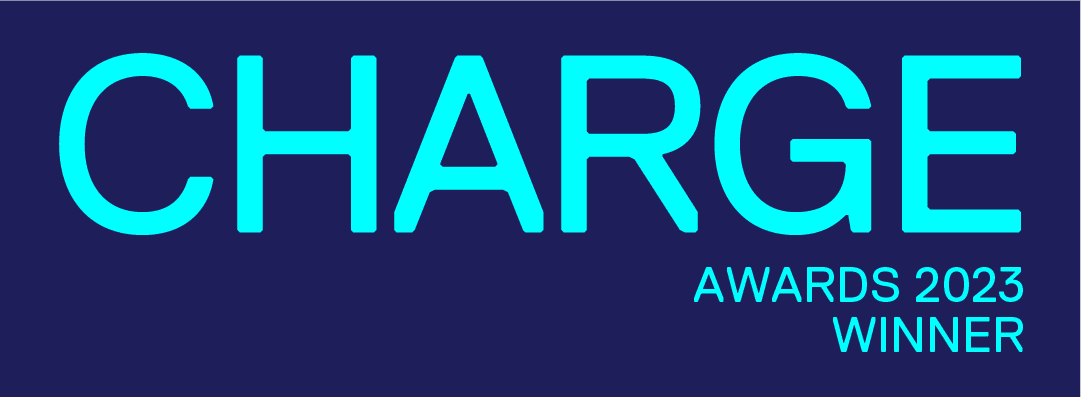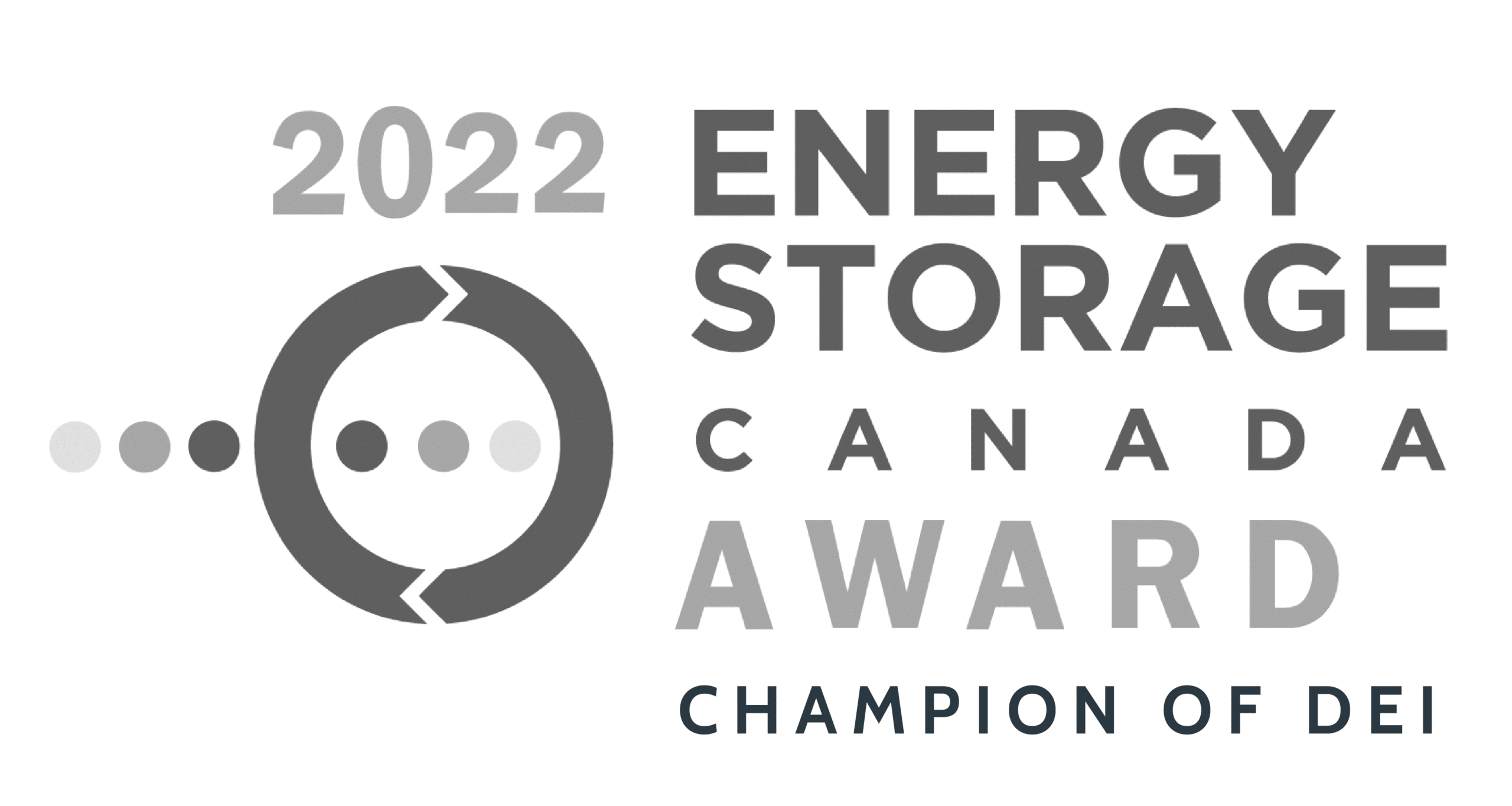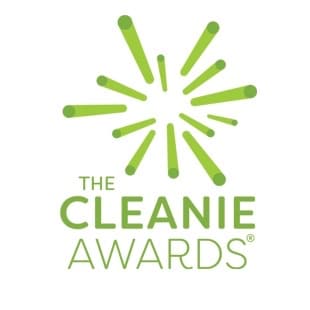Investment Tax Credit (ITC)
This is a tax credit for commercial and large-scale deployments of solar or solar + storage. The Inflation Reduction Act updated the ITC to include standalone energy storage projects and several other clean energy technologies. Storage projects must be capable of receiving, storing, and delivering electricity and must have a minimum capacity of 5 kWh.
